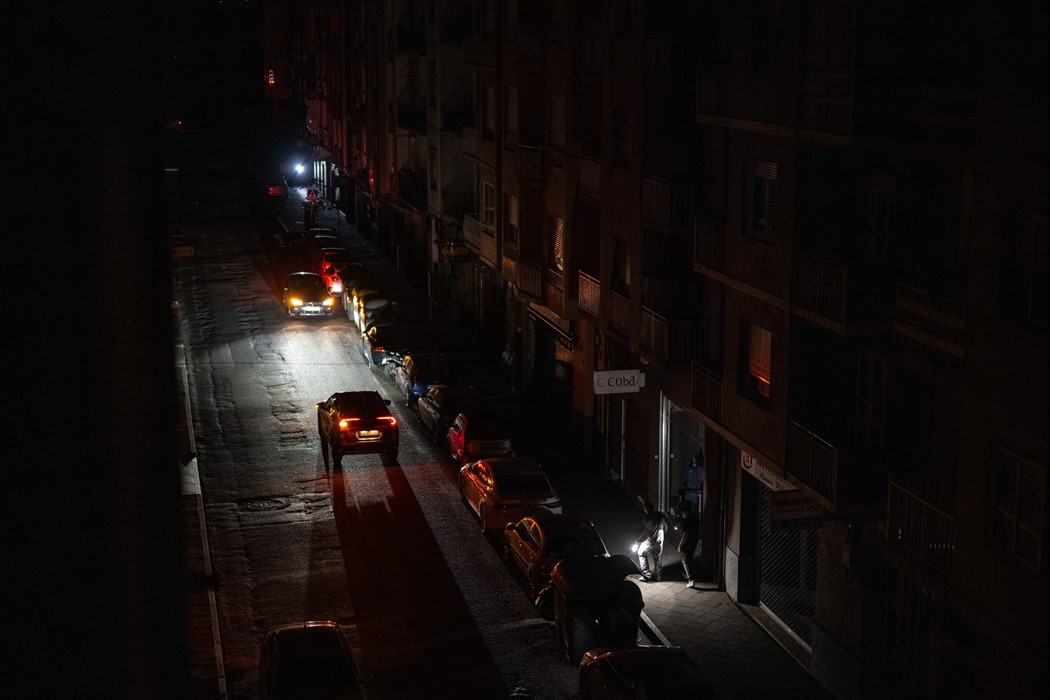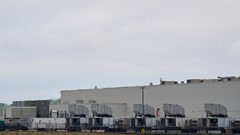Spain May Find Valuable Lessons From South Australia’s 2016 Blackout
May 05, 2025 by Bloomberg(Bloomberg) -- The world is waiting to hear from the Spanish grid operator for answers on what caused a nationwide blackout last week, but that hasn’t stopped speculation that a high share of solar power on the grid was somehow a culprit.
For those who’ve worked in the energy industry in Australia, these feelings of uncertainty and blame directed to renewables sound familiar.
On Sept. 28 in 2016, the state of South Australia’s grid was hit with a blackout. At the time it was generating a high proportion of its power from wind turbines. And what happened in the years that followed is worth examining to understand how blackouts occur in an era in which renewables account for an of increasing share of the electricity mix, and how the grid continues to develop as a result.
What went down on that day? The Australian Energy Regulator’s report in 2018 summed it up:
It was triggered by severe weather that damaged transmission and distribution assets, which was followed by reduced wind farm output and a loss of synchronism that caused the loss of the Heywood Interconnector. The subsequent imbalance in supply and demand resulted in the remaining electricity generation in SA shutting down. Most supplies were restored in 8 hours.
So were renewables to blame? A wind farm contributed, but so did many other things. “The discourse on social media and traditional media tends to hyperfocus on a single cause,” said Ketan Joshi, author of , a book that explored the mistakes and opportunities of renewables deployment in Australia. “But no one cause was alone sufficient to have caused the blackout.”
Cooler heads prevailed at the grid operator. In the short term, utilities increased the share of reserve gas power plants, improved weather warnings and synchronous condensers (a device that mimics a rotating power turbine) on the network. Over the longer term, electricity providers added tons of lithium-ion batteries onto the grid and increased the share of power generated from cheap, clean solar and wind farms.

In 2017, for example, Tesla Inc.’s Elon Musk promised to build a battery for South Australia’s grid in a mere 100 days. And he delivered what was then the world’s largest grid-connected battery, helping to kickstart an Australian energy storage boom that BloombergNEF forecasts will see 2.5 gigawatts of new utility-scale capacity added this year.
Nonetheless, Joshi said the blackout led to years of misinformation about renewables. He’s documented many examples of politicians bringing up the 2016 blackout to slow down policies aimed at deploying renewables.
But renewables kept advancing. “Engineers basically dealt with the problem by looking at the evidence, but equally Australia had a democracy that could withstand the level of disinformation being spread about renewables,” said Joshi. “The challenge in Spain’s case is to ensure the attacks don’t find purchase.”
©2025 Bloomberg L.P.
By


















